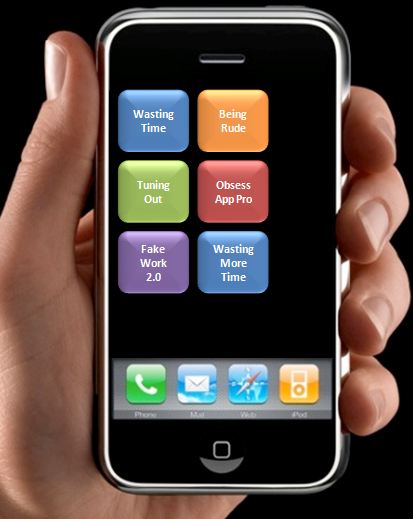The other day I was walking a client through a social media strategy workshop. At the end of the long day, he turned to me and said, “And we’re probably behind on mobile too!”
I could only sigh and nod in agreement. Of course he’s right. Just when we were starting to get social media down, the mobile imperative grows stronger. Within a few years, the smartphone will be the first screen of access for a majority of Internet users. Most of the time, it already is for me. It’s an essential news, connection and productivity tool for anybody on the go.
There is no time to pause, there is no time to breathe. If you haven’t started optimizing your Internet presence for mobile, you’re probably already behind.
There are 5 billion mobile subscriptions in the world, compared to just 1.7 billion people with Internet access. There’s your business case folks.
New information from the Pew Center’s Internet and American Life Project emphasizes this point. If you’re not familiar with this initiative, it has become my favorite source of reliable research. I’m going to be on a panel presentation with the director in Denver in October and am totally psyched.
Any way, the report points out that mobile phones have become a near-ubiquitous tool for information-seeking and communicating—83% of American adults own some kind of cell phone—and these devices have an impact on many aspects of their owners’ daily lives. In a nationally representative telephone survey, they found that, during the 30 days preceding the interview:
Half of all adult cell owners (51%) had used their phone at least once to get information they needed right away. One quarter (27%) said that they experienced a situation in the previous month in which they had trouble doing something because they did not have their phone at hand.
40% of cell owners said they found themselves in an emergency situation in which having their phone with them helped.
29% of cell owners turned their phone off for a period of time just to get a break from using it.
13% of cell owners pretended to be using their phone in order to avoid interacting with the people around them.
Text messaging and picture taking continue to top the list of ways that Americans use their mobile phones—three quarters of all cell owners use their phones for each of these purposes. Other relatively common activities include sending photos or videos to others, as well as accessing the internet.
One third of American adults (35%) own a smartphone of some kind , and these users take advantage of a wide range of their phones’ capabilities. Fully nine in ten smartphone owners use text messaging or take pictures with their phones, while eight in ten use their phone to go online or send photos or videos to others. Many activities—such as downloading apps, watching videos, accessing social networking sites or posting multimedia content online—are almost entirely confined to the smartphone population.
So how are you and your business adjusting to the mobile world? Have you started?



